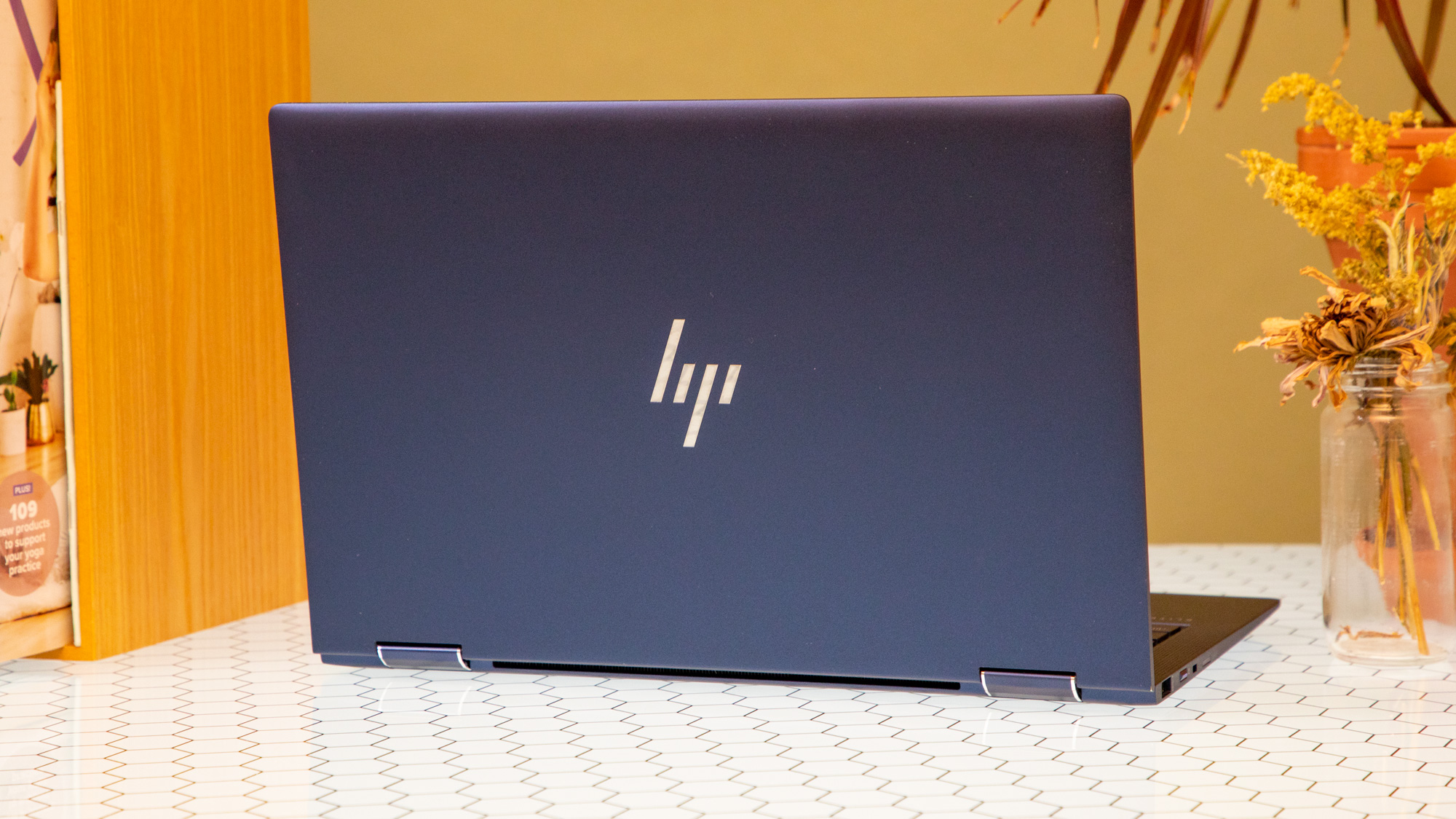Microsoft Surface Pro 7 ad trolls iPad Pro — conveniently ignores one huge weakness
This ad is curiously quiet on the subject of battery life

Impartial arbiter Microsoft has declared that its own product, the Microsoft Surface Pro 7, is better than rival company Apple’s product, the iPad Pro. This is a shocking development that will no doubt rock the tech community to its very core.
In the 30-second commercial, Microsoft points out numerous differences between its Surface Pro 7 and Apple’s iPad Pro that make it the better choice.
Microsoft’s arguments for computing superiority rest on the following arguments. Firstly, the Surface has a kickstand, which the iPad does not. Of course, this is true; the iPad does indeed lack that thin strip of metal that digs into your legs.
- These are the best tablets out right now
- Best laptops: Out top picks
- Plus: MacBook Pro 2021 — here's the 5 biggest upgrades to expect
Secondly, much is made of the the Surface keyboard which “clicks and attaches.” The commercial makes no mention of the comparable iPad keyboard attachment noises. Only pointing out that it’s “heavy” and fails to mention that the Surface Pro is a heavier machine in general at 1.74 pounds, versus 1.41 pounds for the iPad. The difference in weight between the Surface Pro 7 type keyboard and Apple’s Folio case is only 0.2 pounds, which isn’t exactly earth-shattering.
Also listed as an advantage is the fact that the Surface has “all kinds of ports.” Now, there’s some truth here. The Surface does indeed have a headphone jack, which is very useful. It also has both USB-C and USB-A, where the iPad only has USB-C. Microsoft also has its special Microsoft port, which can be used with a dongle for displays and extra USB ports. They don’t mention the dongle for some reason, apart from to take a jab at Apple.
It is certainly fair that Apple can end up with a mess of cables, if everyone ignores the fact that almost everything happens wirelessly these days. Wireless keyboards, mice and Apple’s own touch pad along with headphones. There are even tools like AirDrop, which mean you’re much less likely to feel the need to be wired to things. But yes, if you want to lug a wired mouse around, the Surface does make that easier.
There’s not a mention of the screen though, which is understandable as the iPad is much better, at 559 nits, as opposed to 395 nits on the Surface based on our testing. Apple’s color reproduction is better, too. and it supports HDR playback, while the Surface does not.
Sign up to get the BEST of Tom's Guide direct to your inbox.
Get instant access to breaking news, the hottest reviews, great deals and helpful tips.
Perhaps the biggest difference between the two is battery life. When we tested the i7 Surface Pro against the iPad Pro we got a full two hours extra on the iPad. On our web surfing test, the iPad Pro lasted 10 hours and 16 minutes, compared with 7:52 for the Surface Pro 7. There’s likely to be some difference depending on which processor you opt to get in the Surface. But this is still a big part of people’s choice when it comes to the machine they use daily.
Microsoft also betrays its own backwards attitude to tablets here, too. It claims the iPad is "just" a tablet, while the Surface is a tablet and a PC. This one seems far more rooted in Microsoft's legacy of x86 computing than anything else. Customers won't be buying the dismal i3 Surface for gaming and tablets can be just as productive as laptops for day-to-day tasks.
As for the price, it's not much of a surprise Apple comes out more expensive. Bear in mind, though, the base Surface these calculations are based on doesn't hold true if you opt for a more powerful CPU and better storage. In fact, The Surface becomes more expensive than the iPad quite quickly as you add more storage and faster CPUs. It's worth pointing out, too, that the A12Z processor in the iPad is very close in performance terms to the i7 Microsoft includes in its top of the range Surface.
If you’re actually curious about the relative merits of these machines, we’ve spent a lot more than 30 seconds comparing them. Our findings are in the Apple iPad Pro vs. Microsoft Surface Pro 7, in detail.
Ian has been involved in technology journalism since 2007, originally writing about AV hardware back when LCDs and plasma TVs were just gaining popularity. Nearly 15 years on, he remains as excited as ever about how tech can make your life better. Ian is the editor of T3.com but has also regularly contributed to Tom's Guide.
